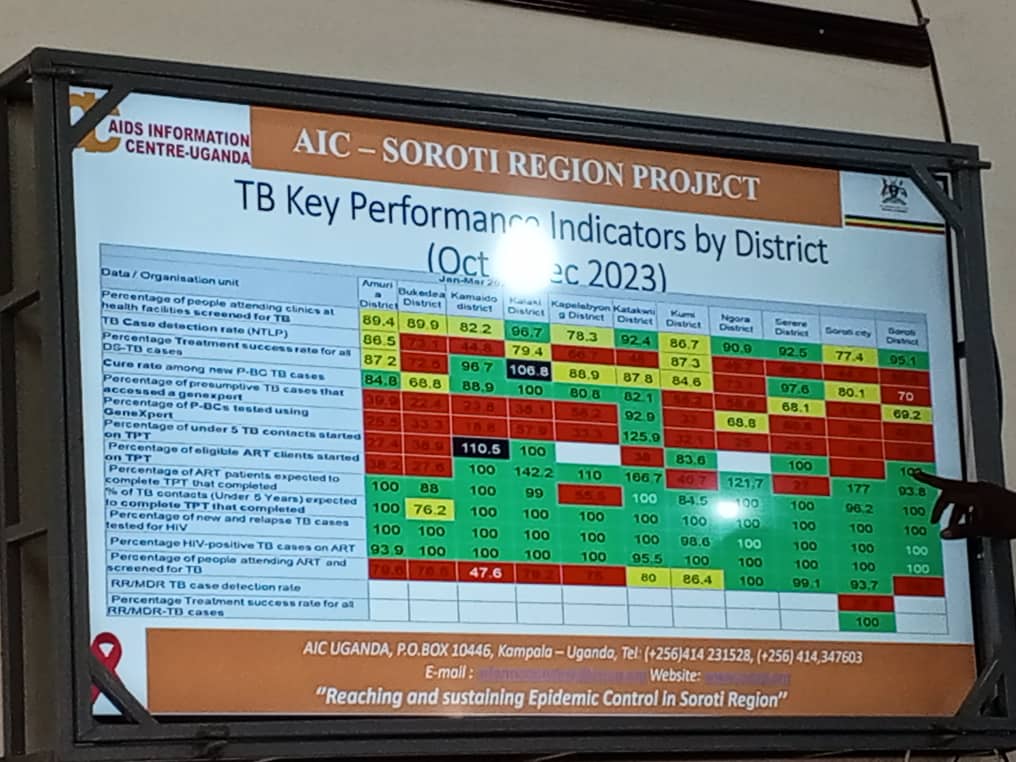By Jonan Twinamatsiko
Farmers in the cattle corridors have up to-date suffered unprecedented losses as a result of tick borne diseases.The drug-resistant ticks have ravaged farmers’ herds. The high animal death toll is mainly due to East Coast Fever and Babesiosis diseases which are spread by tick vectors.
According to Uganda Bureau of Statistics (UBOS), the estimated Livestock population is currently 14 million cattle, 15million goats, and 4 million sheep. Its contribution to Gross Domestic Product and Agricultural Domestic Product is 4.4 and 18 percent respectively. A lot is at stake because of tick borne diseases.
Previously before the emergence of the lethal drug resistant blue and red ticks, farmers sprayed acaricides to manage the effects of ticks.The Ministry of Agriculture also, before market liberalization used zoning as a strategic control measure of tick-borne diseases. These two major control measures used to solve herders’ major problem have been rendered inefficient and also impractical respectively.
It is now almost impossible to re-implement zoning of acaricides in regions because different acaricide brands are scattered all over the market space in the different regions.
On Tuesday June 27 2017, Daily Monitor’s special report titled “Ticks defy spray drugs, cost farmers millions,” disgruntled farmers were quoted crying out for government to come to their rescue. In this special report, farmers in Kiruhura, the worst-hit district, had lost about 3000 heads of cattle.
Research conducted.
Scientists under the National Agricultural Research Organization (NARO) have over the years worked to solve the problem of ticks. NARO under its mandate serves to enhance the contribution of agricultural research to sustainable agricultural productivity, sustained competitiveness, economic growth, food security and poverty eradication.
Researchers at the National Livestock Resources Research Institute (NALIRRI) are in the final stages of a research project on a transgenic Vaccine. A “Recombinant anti-tick vaccine” is being developed in-vitro (in the laboratory).
In an interview for this article, Dr. Paul Kasaija senior molecular biologist working on the anti-tick vaccine at NALIRRI confirms that the vaccine will prevent tick establishment on the animal’s body. “The vaccine will help the animal produce antibodies to protect itself against the tick establishment on the animal’s body,” says Paul Kasaija.
This transgenic vaccine will be administered into the animal’s body through an injection. The vaccineaffects the biology processes of the tick like feeding, digestion, immunity, and reproductionand therefore the tick cannot successfully infect the animal.
Paul Kasaija added that, “In addition to preventing tick establishment on the animal, the vaccine will also reduce the rate of transmission of the pathogens (disease-causing agents) like bacteria, protozoa and viruses.”
He believes that the application of the anti-tick vaccination will reduce the use of acaricides and hence minimize acaricide resistance by ticks and in turnenhance tick control.
Padlock unlocked.
A couple of weeks back, the 10th parliament passed the over decade long National Biotechnology and Biosafety Bill, 2012 with amendments as the National Biosafety Act,2017. The Act which awaits presidential assent will provide a regulatory framework to facilitate safe development and application of modern biotechnology.
Modern biotechnology involves use of genetic engineering techniques to develop desired products. The Recombinant anti-Tick Vaccineis an example of the novel products.
With this law in place, modern biotechnology is yet to provide enormous opportunities for agricultural modernization among other applications like environmental protection, enhancement of public health and industrialization if appropriately and safely applied.
The Law will support scientists to fully and safely utilize their advanced knowledge in modern biotechnology in order to alleviate some of the animal diseases like tick borne diseases and other agricultural challenges.
Herders in the cattle corridor will benefit from the biosafety law. The padlock on researched solutions on farmers’ renowned challenges like ticks (specific to herders) was unlocked by enactment of the biosafety law.
tjonans@gmail.com













